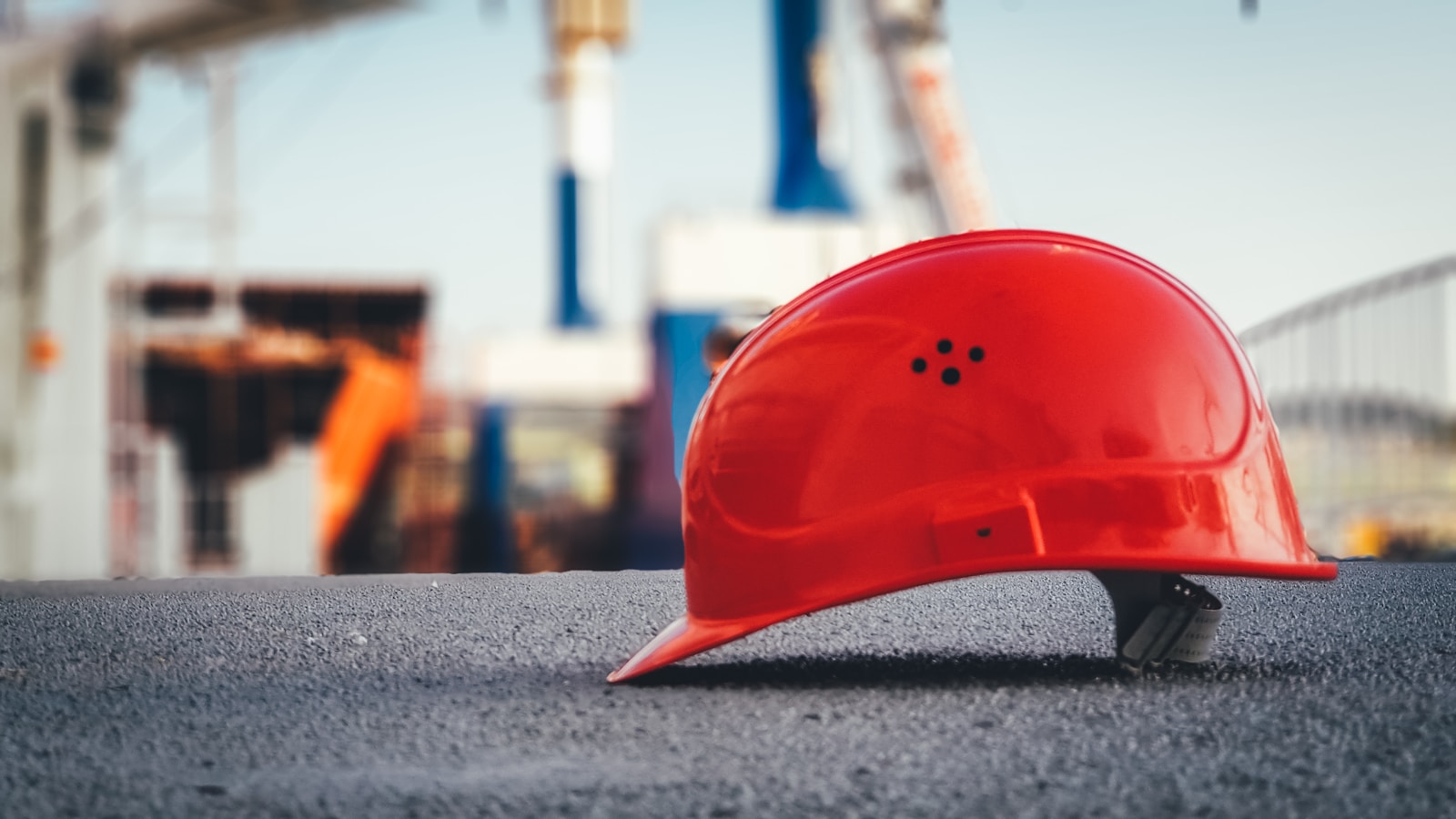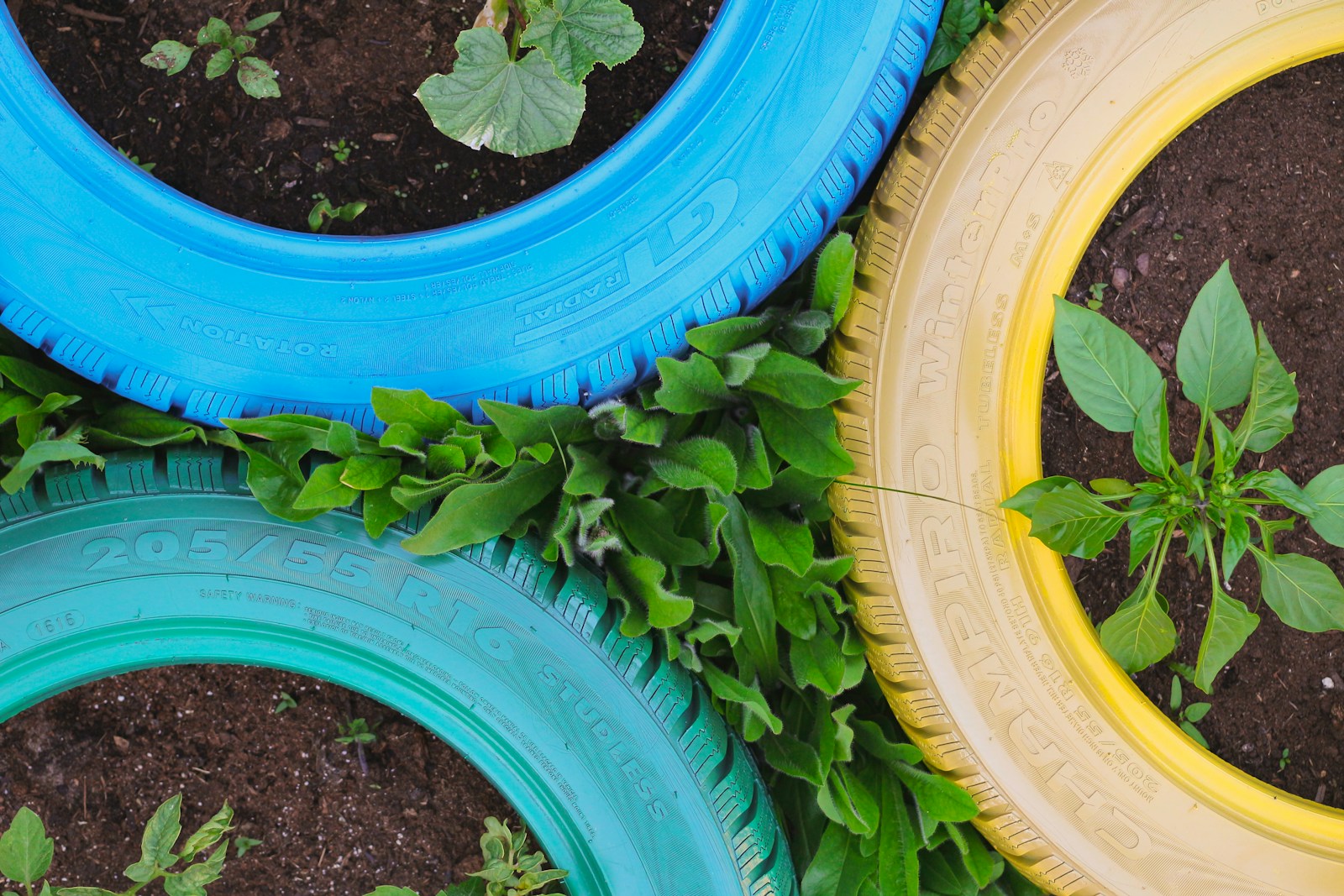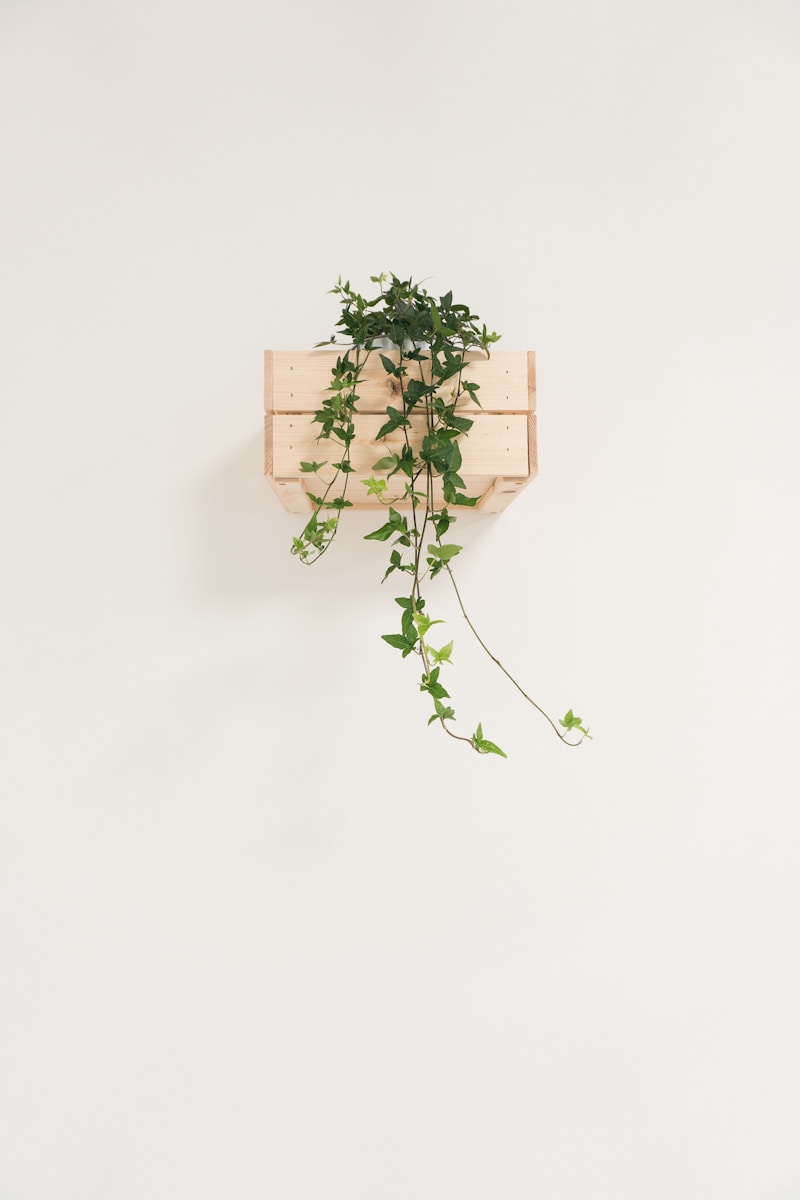Essential Safety Tips for DIY Projects
DIY is rewarding, creative, and empowering—but it also comes with real risks if you’re not prepared. Whether you’re using hand tools, paints, or power equipment, following a few essential safety tips for DIY projects can help you stay injury-free and confident in your workspace.
Wear the Right Protective Gear
Always protect your eyes, ears, and hands. Safety goggles, work gloves, and earplugs or earmuffs are basics that should be used whenever you’re drilling, sawing, sanding, or painting. Dust masks are essential when working with fumes or fine particles.
Keep Your Workspace Clean and Organized
A cluttered work area is a safety hazard. Clear your space before starting, keep tools in reach, and make sure cords are untangled and out of walking paths. Clean up spills immediately to avoid slips and falls.
Use the Right Tool for the Job
Improvising with the wrong tool can lead to mistakes or injuries. Each tool has a specific purpose—if you’re unsure, look it up or ask someone experienced. Using the right tool improves both safety and results.
Inspect Tools Before Use
Always check your tools—especially power tools—before getting started. Look for frayed cords, loose parts, or dull blades. A damaged tool can malfunction and become dangerous in seconds.
Follow Manufacturer Instructions
Read manuals and packaging, even for simple tools or products. Instructions often include important warnings, safety features, and setup guides that keep you and your project on track.
Work in a Well-Ventilated Area
Many paints, adhesives, and cleaning products give off fumes that can be harmful if inhaled. Open windows, use fans, or work outdoors when dealing with chemicals or sanding dust.
Take Your Time and Avoid Distractions
Rushing is one of the biggest causes of DIY accidents. Stay focused, avoid multitasking, and take regular breaks—especially during longer projects. Tired hands and minds make careless mistakes.
Keep Kids and Pets Away from the Work Zone
Curious kids and pets can easily get hurt around sharp tools or open paint cans. Set clear boundaries, use gates if necessary, and never leave your workspace unattended while tools are plugged in or chemicals are open.
Unplug and Store Tools Properly
When not in use, unplug power tools and keep them stored safely—especially sharp or heated equipment. Coil cords neatly and store tools in a designated box or wall-mounted organizer.
Have a First Aid Kit Nearby
Even with precautions, minor accidents can happen. Keep a stocked first aid kit in your workspace with bandages, antiseptic wipes, tweezers, and burn ointment. Know where it is and how to use it quickly.
Extra Safety Tips for Beginners
- Don’t wear loose clothing or jewelry that could get caught in tools.
- Tie back long hair and wear closed-toe shoes.
- Label and organize flammable or hazardous materials.
- Keep a fire extinguisher nearby if working with heat or electricity.
Conclusion
DIY is all about creativity, but safety should never take a backseat. These essential safety tips for DIY projects are easy to follow and make a huge difference in protecting yourself and those around you. Respect your tools, plan your space, and work smart—so you can enjoy the process from start to finish.
Frequently Asked Questions
What’s the most important safety gear for DIY projects?
Safety goggles and work gloves are a must for most projects. Depending on the task, you might also need a dust mask, ear protection, or a respirator.
How do I know if my tools are safe to use?
Check for signs of damage like frayed wires, loose screws, or worn-out blades. Always unplug power tools before inspecting them.
Can I do DIY projects around kids?
It’s best to keep kids away from active work areas. If they’re involved, choose safe, supervised tasks with age-appropriate materials and tools.
What should I do if I get hurt during a project?
For minor cuts or burns, use a first aid kit. For more serious injuries, stop working immediately and seek medical attention if needed.
Is it safe to do DIY projects alone?
Yes, for most tasks. But if you’re working with heavy materials, power tools, or electrical elements, it’s smart to have someone nearby or check in regularly.
© 2025 GardeningandDecor.com. All rights reserved.



